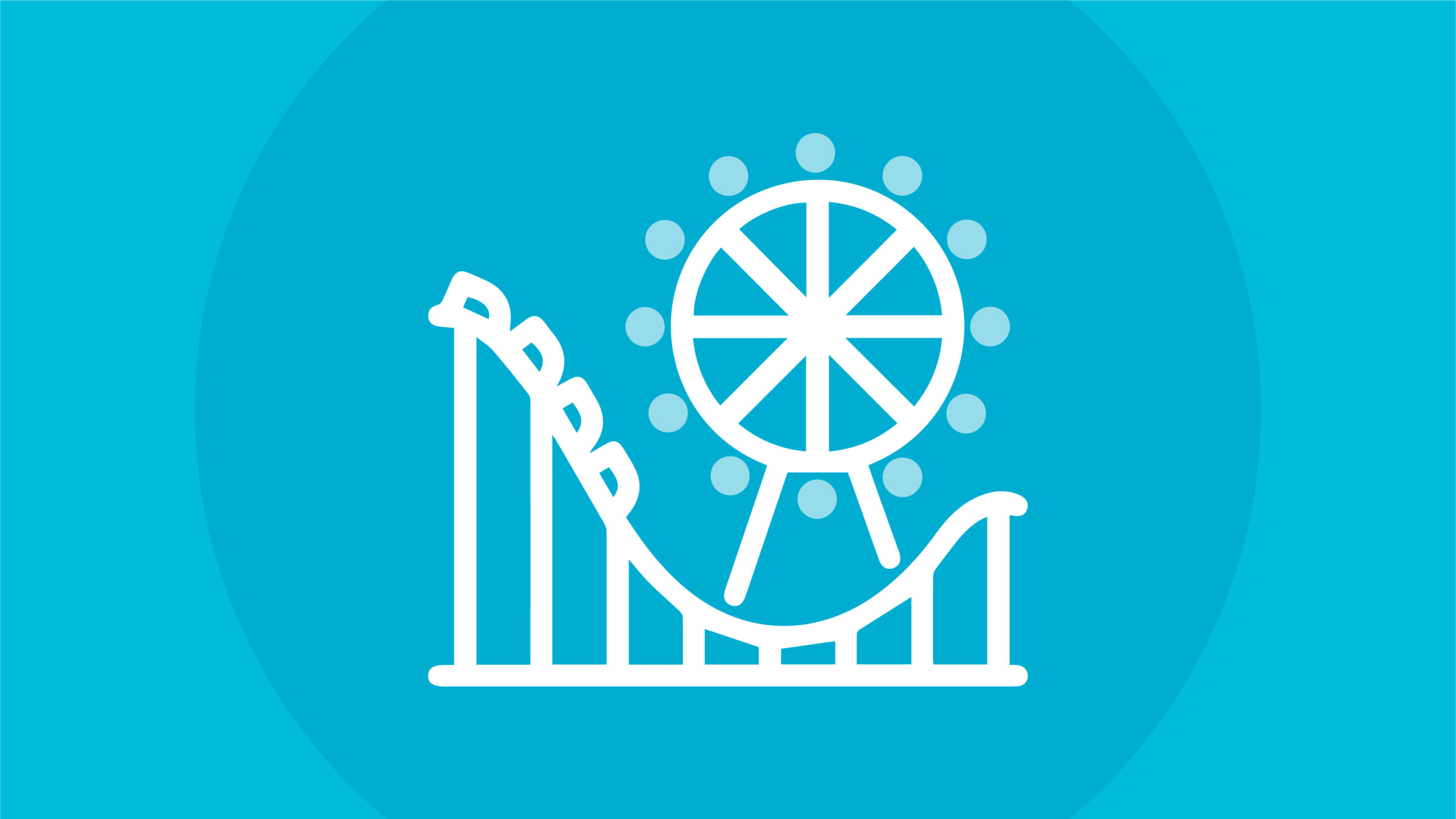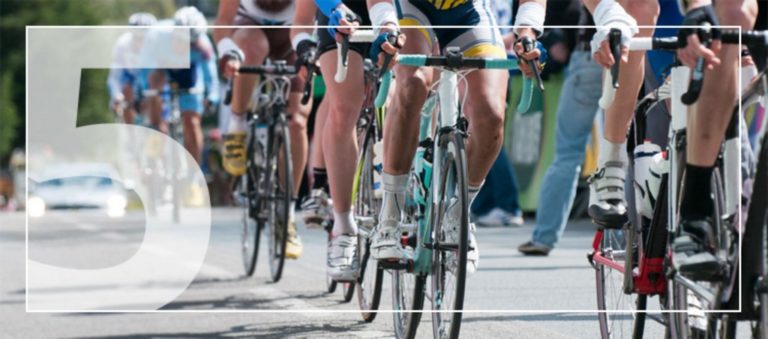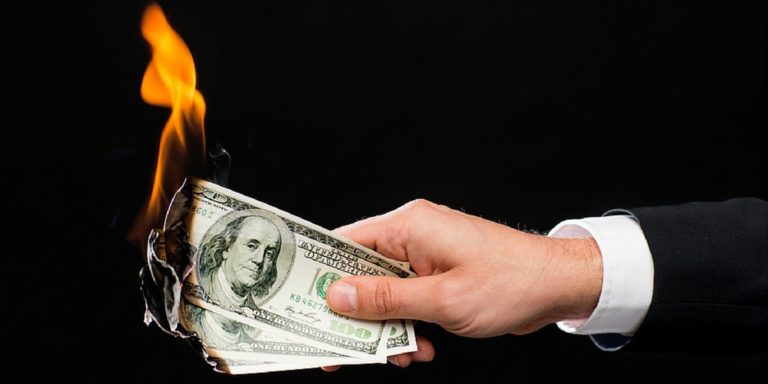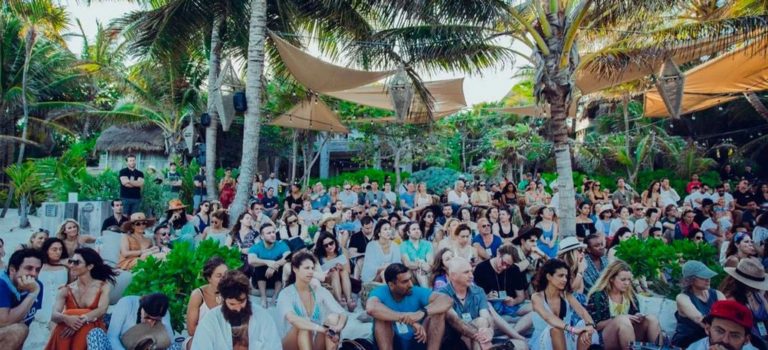As COVID-19 restrictions ease and places start to reopen, all eyes are on some of the most popular public spaces in the tourism industry—theme parks.
To open safely, theme parks have completely overhauled their day-to-day operations to prioritize the health and safety of their guests. Organizers have the opportunity to learn from the protocols that theme parks have put in place to meet the needs of a COVID-19 world as they look forward to events reopening in the future.
Which Theme Park Safety Measures Should Public Spaces and Events Re-Opening Add to Their Protocols?
‌The new reality of planning is that event safety protocols must be at the forefront of every organizer’s mind. Fortunately, they can look to the safety measures being put in place by theme parks to guide their decisions about event restrictions. Important safety protocols that event planners can learn from include the following.
Temperature Checks
Temperature checks have become a common precaution everywhere, from schools to retail stores. To reopen safely, theme parks are requiring a temperature screening before entry.
As part of Disney Park’s new safety measures, guests must have a temperature below 100.4 degrees Fahrenheit. If a guest is screened at over 100.4 degrees, their entire party will be turned away.
When it is time to launch their next event, organizers can implement this measure and add it to their COVID-19 screening protocols. Planning for regular temperature screening involves investing in infrared thermometers, setting up a designated screening point before the entrance, and developing thorough training for support staff.
Security Screening
Though safety from COVID-19 is at the forefront of every planner’s mind, overall safety is still important. Because of this, Disney has reinvented their security screening process to minimize unnecessary interactions. The updated procedure includes:
- Allowing guests to carry their personal belongings through the metal detector.
- Asking guests to remove umbrellas, sweatshirts, and large items from their bags before passing through screening.
- Recommending that guests use a clear bag.
- Suggesting that guests bring only necessary items to the park.
Social Distancing Measures
According to the California Attractions and Parks Association, California’s theme parks are well-equipped to create physical distance between members of different households. With ample square footage and open-air spaces, amusement parks are poised to put social distancing measures in place. To successfully enforce social distancing, theme parks are using the following tactics.
Physical Barriers
In light of COVID-19, physical barriers have become a standard installment in many public places. The average consumer has likely become accustomed to seeing physical barriers like plexiglass screens, plastic sheeting, and windows in places like the checkout line at the grocery store, the bank, and restaurants.
Disney Parks and other theme parks have also added physical barriers—like plexiglass screens—in places where physical distancing cannot take place. To minimize the spread of germs, event planners can invest in physical barriers throughout their venue.
Signage
Parks like Universal Studios have installed signs to inform guests about how they should move throughout the park—including directional instructions, physical distancing rules, and mask mandates.
Additionally, many theme parks have created floor markings to clearly show guests where to stand to maintain a safe distance. Event organizers should add COVID-19 signage and floor markings to their venue set-up checklist.
Socially Distanced Lines
To avoid the risk of mixing households, California theme parks are developing ways to keep households separate both in line and on attractions. When it comes to planning, organizers can use this information as inspiration for ways to keep households safely separated throughout their events.
Mask Mandates
One of the most important safety measures to come out of California’s Responsible Reopening Plan is a mask mandate. Parks are requiring that guests maintain their face coverings as they move throughout the site. The only exception is when visitors are eating or drinking—but households will need to remain physically distanced when they are in designated dining areas.
With mask-wearing likely to be a cultural norm for quite some time, event organizers can take a cue from theme parks by developing and stating their mask mandates to vendors, fellow planners, and guests. While masks may feel like an inconvenience to some guests, creating a clear mandate will help event hosts avoid any confusion amongst their guests.
Limited Capacity
To maximize their safety efforts, California Attraction and Theme Parks are limiting the number of people allowed into the park at a given time. Depending on the size and layout of their site, parks will announce their unique guest capacity.
By limiting the number of people allowed in the park, each site can:
- Keep guests moving
- Limit physical interactions
- Limit the mixing of communities
- Monitor distancing more easily
- Minimize the amount of time households are exposed to one another
Whether it is by introducing virtual or hybrid events or committing to smaller guest counts, organizers can be prepared for the return of events by considering what capacity they should host. They should be staying up-to-date on COVID-19 guidelines, too.
Mobile Ordering
To limit physical interactions, many parks are implementing plans similar to Disney’s mobile order service. As a part of its My Disney Experience app, the service allows guests to purchase food to be picked up at a specific location in the park.
While Disney’s plan is currently limited to food, event organizers can implement mobile ordering for:
- Food and drink orders
- Merchandise pick-up
- Reservations and check-ins
Cashless Transactions
In addition to mobile order services, another way to minimize interactions between staff and guests is with cashless transactions. Disney has been using MagicBands — colorful wristbands that guests can load with money, key cards, and more — to streamline the guest experience even before COVID-19.
Event planners can gain inspiration from Disney’s MagicBands and develop their inclusive touchless devices. If planners do not have the resources for the use of a new device, they can simply plan to incorporate contactless card readers into interactions that involve guest purchases.
Reservations and Virtual Queues
As parks reopen, many have turned to a reservation system to manage guest count. For example, Disney is managing attendance through their Park Pass system. In addition to their ticket, guests must have a park reservation to enter.
The concept of reservations or Fastpasses can also be applied to creating virtual queues for attractions or events. By creating time slots that guests choose from, event organizers can plan and maintain control over crowds.
Staff Support
Staff support is instrumental to implementing safety protocols at theme parks. The California Attractions and Park Association emphasizes the importance of creating a controlled environment.
At theme parks around the world, staff will aid reopening efforts by:
- Conducting temperature and health screenings.
- Directing guests through new procedures.
- Helping guests with contactless orders, reservations, and more.
- Learning when to stay home when feeling sick or after exposure.
- Maintaining new cleaning and disinfecting measures.
- Prompting guests to follow mask mandates and social distancing rules.
Event coordinators can gain important insight from studying new staff policies and procedures that have been implemented at theme parks. When events return, staff compliance will be an essential part of creating a safe and controlled environment for guests.
Cleaning and Safety Protocols
In line with the CDC’s recommendations for hotels and resorts, amusement parks are following strict cleaning and safety protocols to prevent the spread of COVID-19.
Many theme parks are implementing protocols that include:
- Banning activities like shouting, singing, or heavy breathing.
- Cleaning surfaces between guest usage.
- Developing effective ventilation, filtration, and air exchange systems.
- Facing guests in the same directions.
- Keeping doors and windows open to enhance airflow.
- Providing staff to maintain sanitation in restrooms and high traffic areas.
- Requiring guests to use hand sanitizers before boarding rides.
- Using signs that encourage the use of hand-sanitizing and hand-washing stations.
For event planners, following the lead of theme parks in cleaning protocols will be key to safely reopening events. Staff, supplies, and cleaning policies are among the considerations for all future events. The reality is that the standards for sanitation and cleaning practices are much higher than they have been in the past. To keep guests safe and comfortable, disinfecting event spaces should be a top priority.
What’s the Takeaway From How Theme Parks Handle Re-Opening While the Pandemic Is Still Around?
In many states, amusement parks hope to be among the first to take a step towards recovering from COVID-19. As the employers of over 135,000 people in California, theme parks have the potential to help the economy get back on track by providing consumers with a place to work—or spend money to stimulate the economy.
While it will take time for consumers to regain trust in the tourism industry, a movement towards a new normal provides hope that the event industry will soon follow suit. In the meantime, event organizers have the unique opportunity of following the successes of theme parks’ new protocols—and areas that can be improved upon.
As organizers know, planning an event means considering the guest’s experience at all times. Moving forward, their experience will rely on a long list of event restrictions and safety protocols. As parks reopen, now is the time for event planners to study evolving CDC guidelines, take note of successful theme park reopenings, and prepare for the promising future of events.






